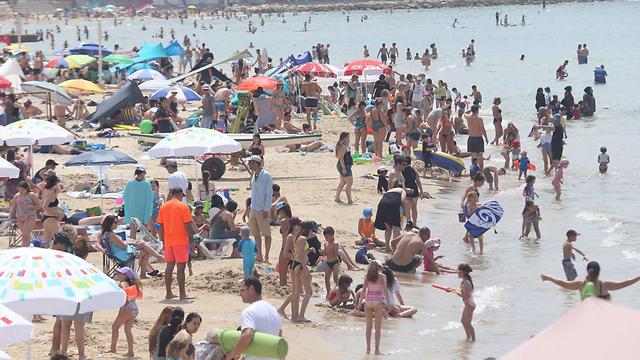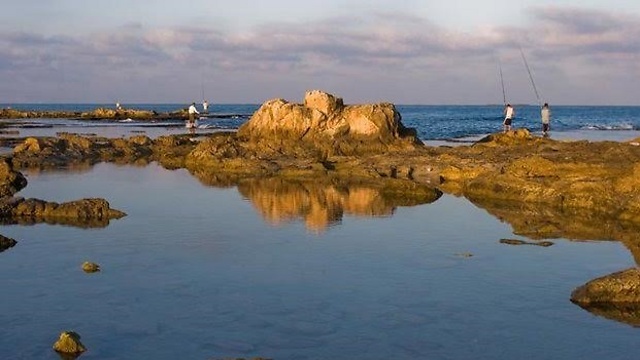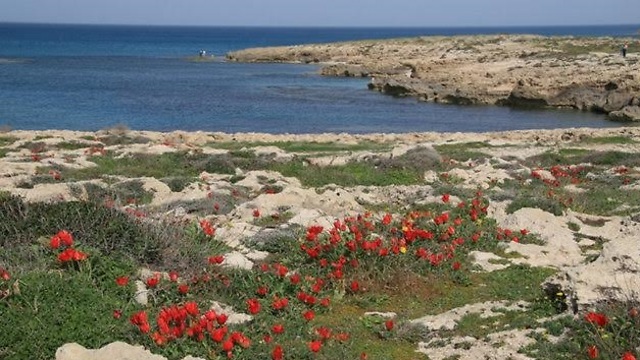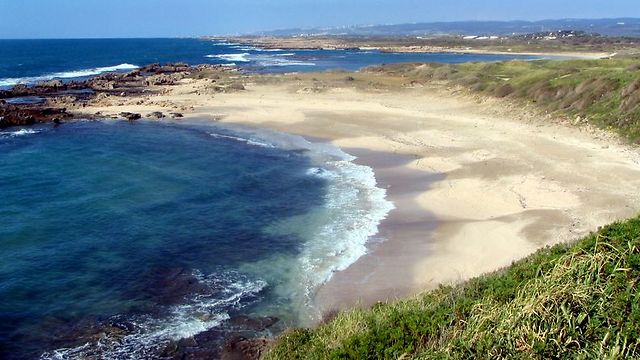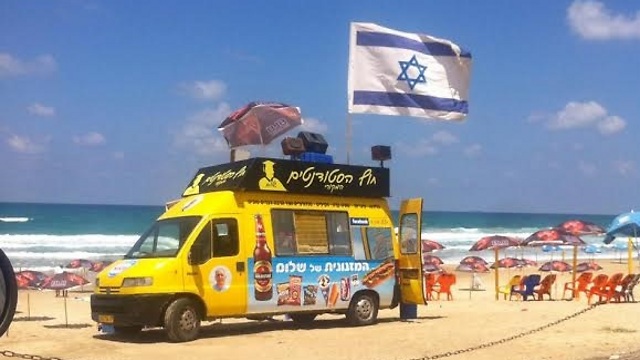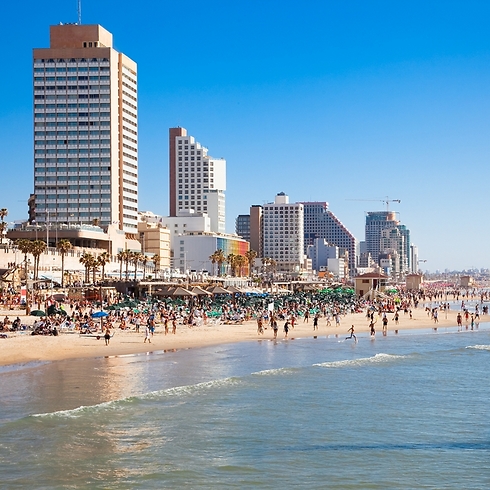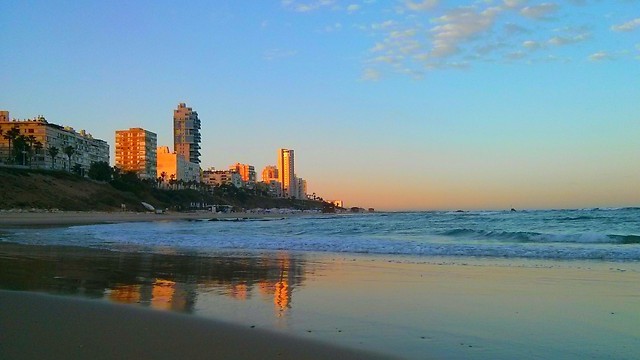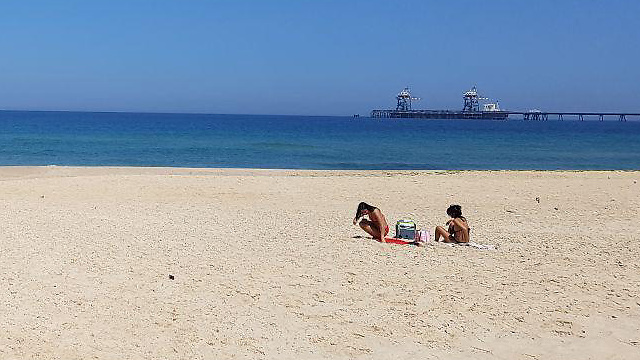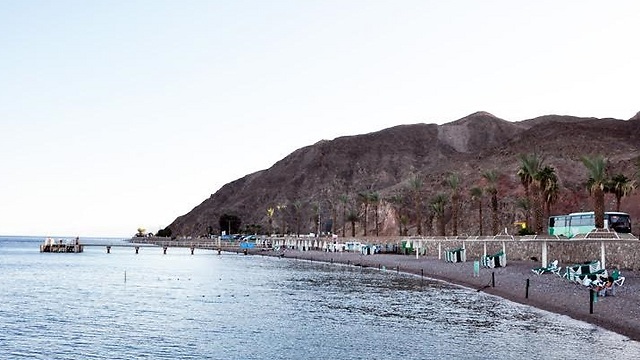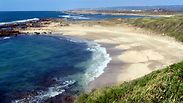
144 beaches that offer rescue services will be open to the public, the majority of which (96) are on the coast of the Mediterranean Sea. 28 are on the Kinneret, 16 on the Dead Sea and 4 on the shores of the Red Sea.
According to a decision by the Ministry of the Interior, entry to all public beaches offering rescue services will be free of charge.
Some of the most beautiful beaches in Israel are not declared, official beaches and therefore, do not offer rescue services. As such, swimming is not recommended and oftentimes forbidden.
Achziv Beach is part of a wild and beautiful 5km stretch of coast that is a national park. It stretches up to Rosh HaNikra and its waters are home to octopuses, sea urchins and crabs, with the beach serving as a nesting site for sea turtles.
Habonim Beach is a nature reserve located in the Hof Hacarmel Regional Council. The picturesque coastline is lined with numerous bays and the beaches are full of shells that cover the sand.
The reserve has many isolated corners along the coast and the Blue Grotto and the ruins of the Canaanite port city of Dor are also in its territory. The beach itself is not a declared beach for bathing and there are no rescue services. Additionally, entrance to the beach comes with a fee.
South of the Habonim beach reserve is Nahsholim Dor (Tantura), which is considered by many to be the most beautiful beach in the country.
As is the case with Habonim Beach, here too are many bays protected by natural breakwaters, as well as a golden strip of sand surrounded by lawns near the resort village. In front of the beach there are small islands to swim to and on the east side of the beach there are sand dunes.
Just north of the hustle and bustle of Caesarea's beaches lies a quiet and beautiful beach with natural, clear pools. Fishermen boats on the coast contribute to a pastoral and picturesque atmosphere.
The Student Beach is the southernmost beach of Haifa. For many years, the beach was known as a "resting place" for the young people of Haifa and the students studying there. Last year it finally became a declared beach and rescue services are now being provided.
The water is turquoise, the sand is pleasant, and the atmosphere on the beach is young and cool.
Tel Aviv has no shortage of beaches, but Aviv Beach is undoubtedly one of the most popular. The beach is located in the southern section of the promenade, near the Carmel Market and Charles Clore Park.
The rocky breakwater at the foot of the Dolphinarium creates an intimate bay that is safe to bathe in, while the southern part of the beach is for water sports. The beach was dubbed "The Drum Beach" due to drumming bands that gather there on Fridays.
Like its neighbor to the north, Bat Yam also has plenty of beaches. The northern-most beach, Sea Palace Beach, is also the most beautiful, but it is forbidden to bathe in it.
The three rocky beaches in the center are nice, but the highlight of Bat Yam is the southern Tayo beach. The once wild beach is now regulated, clean and tidy. A pedestrian promenade and a bicycle trail connecting the city to nearby Rishon Lezion will soon be built.
The southern city of Ashdod is home to several popular beaches including Tel Hai Beach and Be'er Sheva Beach, named after the southern Israeli city.
Zikim Beach was once the ultimate substitute for the Sinai. Today, the coast is no longer as remote and isolated as it used to be, but its wild character is still preserved to a certain extent. The sandy beach strip is wide and also includes a few soft white sand dunes.
One of Eilat's most beautiful beaches, the Princess Beach, lies far from the beaches of the tourist center of the city and closer to the border crossing with the Egyptian Sinai.
Because it is a nature reserve and a continuation of the coral beach, entrance to the beach is only accessible by ropes with buoys or by two wooden bridges leading directly to deep water.
Many go to the beach to dive and snorkel, but it is an undeclared beach and does not provide rescue services.
Here's to a wet, hot (and safe) Israeli summer!















